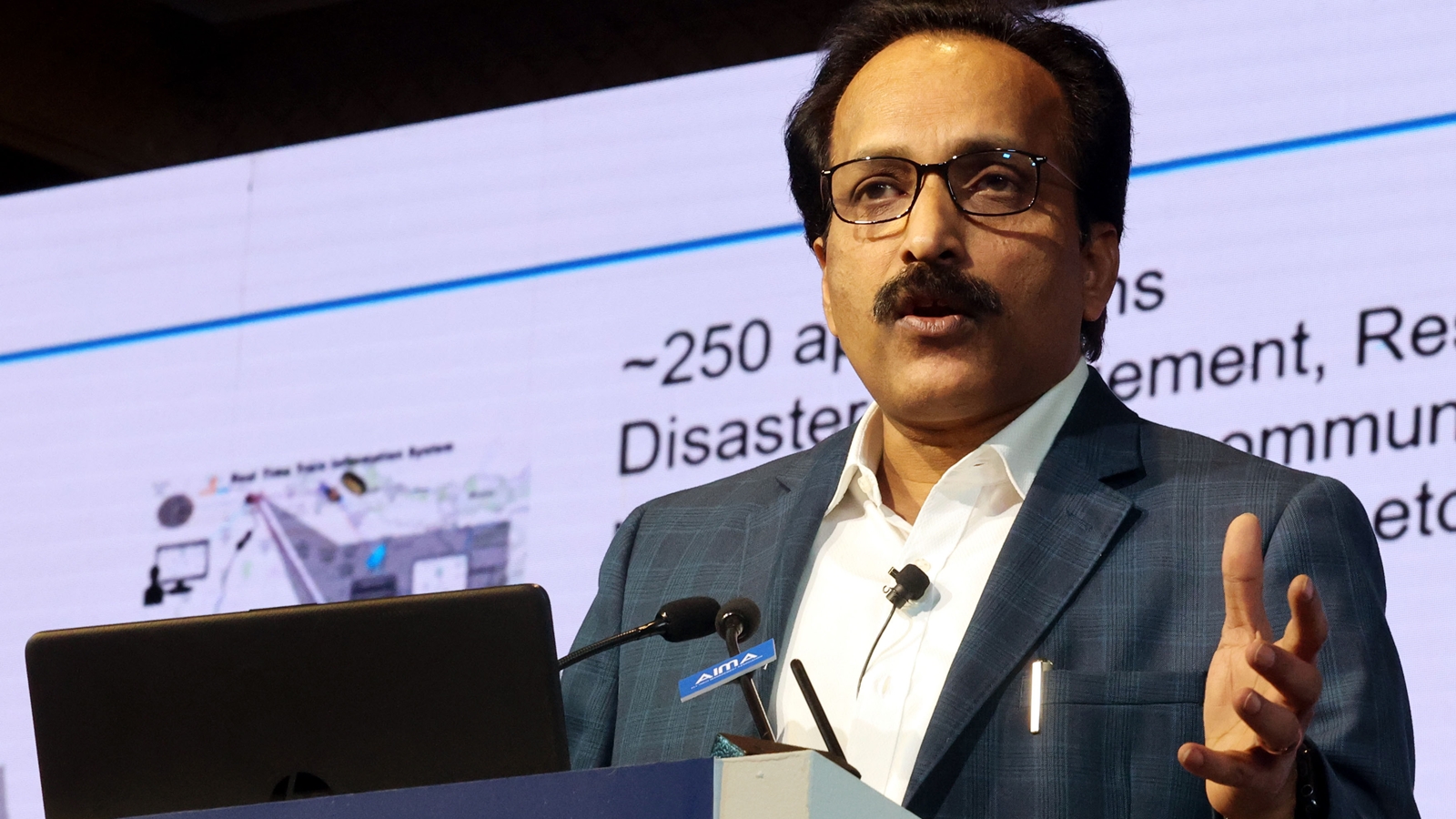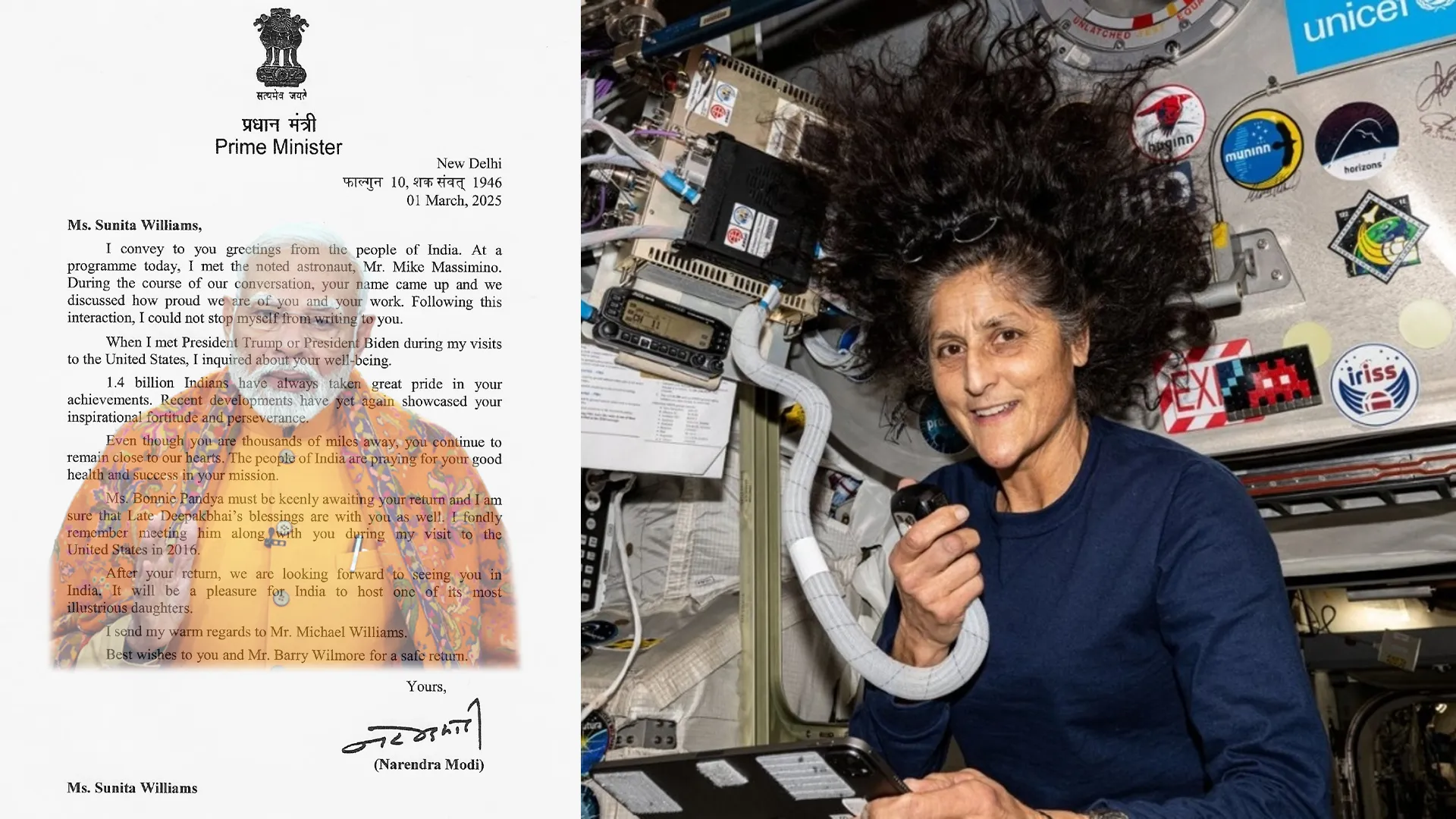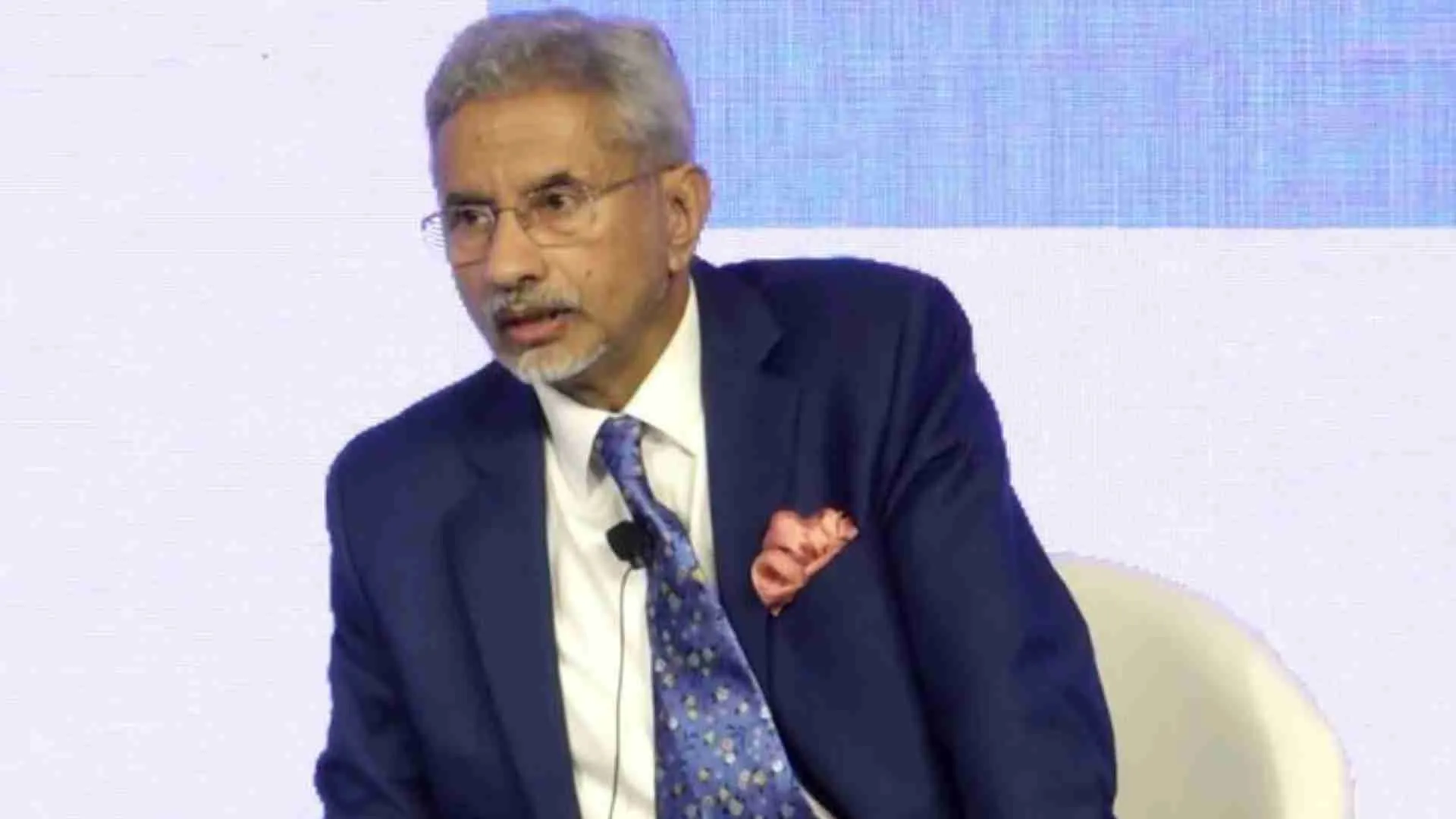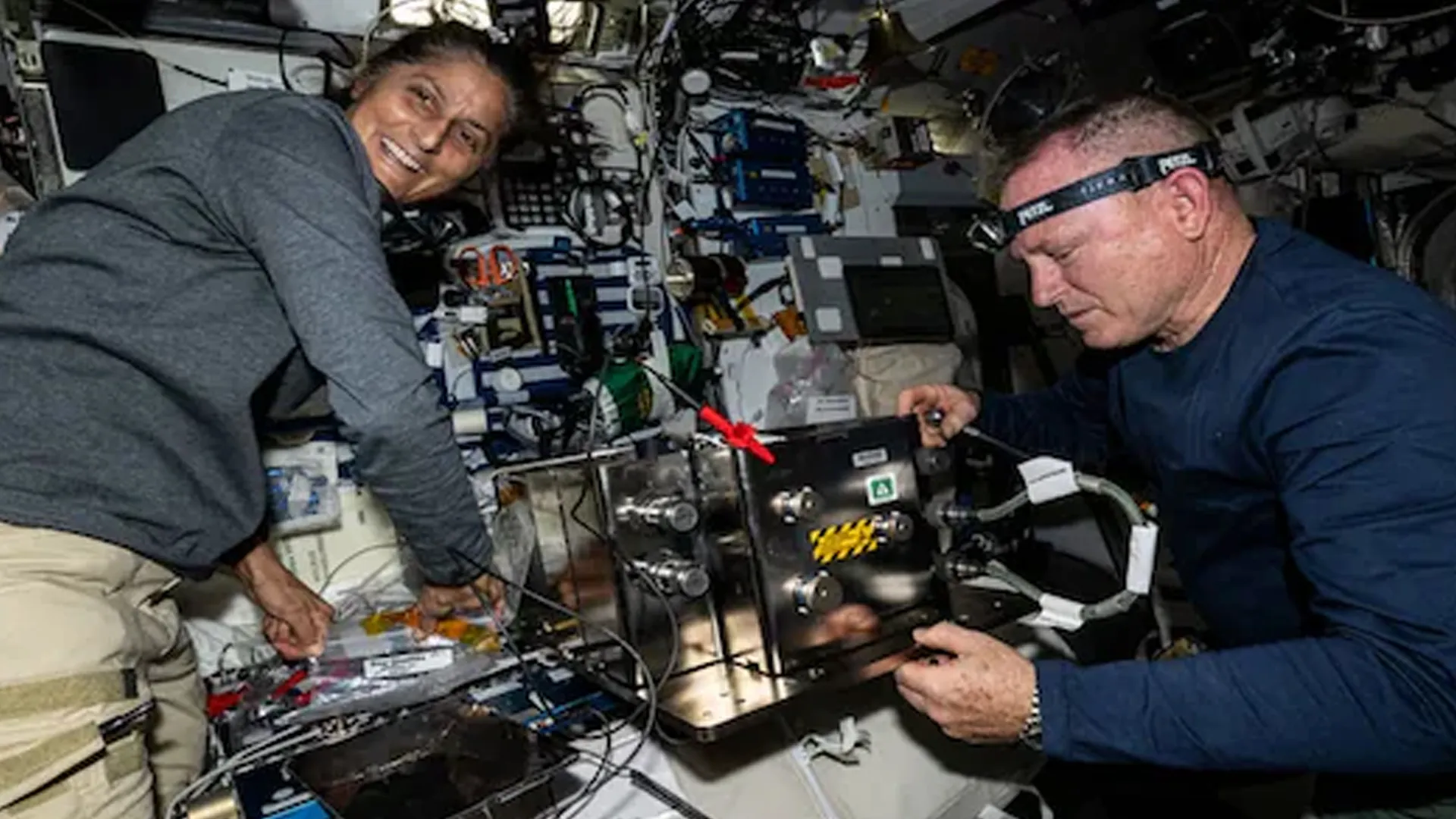As India’s space ambitions grow, the Indian Space Research Organisation (ISRO) is preparing to establish a third launch pad at Sriharikota, its spaceport. ISRO Chairman S. Somanath explained the need for this new pad in an interview, highlighting that currently, only the second launch pad is operational. The first launch pad was initially designed for PSLV launches and cannot accommodate GSLV missions due to its cryogenic stage. To manage the demands of the LVM-3 and upcoming human spaceflights, the second launch pad was upgraded to handle these requirements.
Ensuring Backup and Introducing NGLV
Somanath emphasized that the third launch pad will provide redundancy in case of an emergency, like an explosion at the second pad, which could halt all GSLV launches. Additionally, the new launch pad will support the development of the New Generation Launch Vehicle (NGLV), which follows a different design philosophy. The NGLV will be assembled horizontally and tilted for launch, requiring a pad capable of accommodating this shift. This launch vehicle will also rely more on liquid engine boosters, prompting changes in the pad’s jet deflector design.
Addressing Future Launch Needs
S. Sivakumar, project director for NGLV, explained that the three-stage vehicle with a reusable first stage is being developed to reduce costs and meet future demands. Current launch vehicles do not have the capacity needed to achieve the 20-tonne payload target for Low Earth Orbit (LEO), which is more than double the 9.2-tonne capacity of LVM-3. For Geostationary Transfer Orbit (GTO), the goal is to increase capacity from 4.3 tonnes to 9 tonnes.
NGLV’s Recovery and Reusability
Somanath discussed the challenges of recovery and reusability with NGLV. While both land and sea recoveries are possible, returning the vehicle to land requires more fuel and reduces payload capacity. Although sea recovery is more efficient, it is costly and requires the availability of platforms. The aim is to achieve confidence in land recovery before moving to sea-based methods, which will allow for higher payload capabilities.
Sivakumar also touched on the reusability of NGLV, stating that vertical and horizontal landing options are available, but the first stage needs a horizontal landing or wing-body-supported vertical landing to avoid increasing the structural mass.
Approval and Future Projects
The proposal for the third launch pad was approved by the National Space Commission during its 153rd meeting. The decision comes ahead of several major projects, including Chandrayaan-4, the Venus Orbiter Mission (VOM), and India’s space station. ISRO will now seek final approval from the government to move forward with these initiatives.























